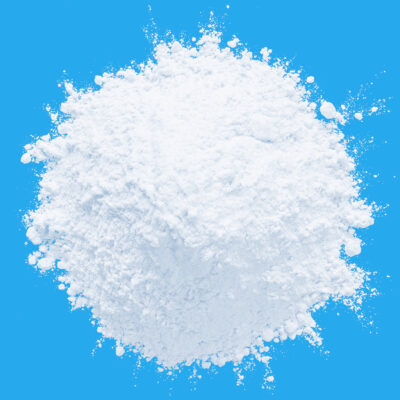Zinc phosphate is a widely used ingredient in the paint industry, especially in the formulation of anti-corrosive paints. This compound is valued for its ability to provide long-lasting protection to metal surfaces by preventing rust and corrosion. When added to paints, zinc phosphate forms a protective layer on metal surfaces, significantly extending their lifespan and maintaining their appearance.
Corrosion is a common problem for metal structures, especially those exposed to harsh environments, such as moisture, salt, and industrial chemicals. When metal corrodes, it reacts with elements in the environment, leading to rust formation, which weakens the structure over time. To combat this, manufacturers use anti-corrosive paints, which include zinc phosphate as a key ingredient. Zinc phosphate works by creating a barrier that blocks moisture and oxygen from reaching the metal surface. This barrier prevents the chemical reactions that cause rust, thereby protecting the metal.
One of the main advantages of using zinc phosphate in paints is its ability to provide both active and passive protection. Active protection refers to the compound’s ability to interfere with the corrosion process itself. Zinc phosphate reacts with the metal surface to form a stable, insoluble layer that is resistant to corrosion. This reaction not only protects the metal but also makes it more difficult for rust to form in the future. On the other hand, passive protection involves the physical barrier that the paint film creates, keeping corrosive elements away from the metal surface.
Zinc phosphate is also known for its versatility. It can be used in a variety of paint formulations. This makes it suitable for a wide range of applications, from industrial machinery and bridges to household appliances and vehicles. Regardless of the type of metal or the environment it is exposed to, paints containing zinc phosphate provide reliable protection against corrosion.
Another important aspect of zinc phosphate is its ability to enhance the adhesion of paint to metal surfaces. Good adhesion is crucial for the paint to stay in place and continue providing protection over time. Zinc phosphate helps the paint to bond strongly with the metal, preventing it from peeling or flaking off. This ensures that the protective layer remains intact, even under tough conditions, such as exposure to moisture, chemicals, or physical abrasion.
In addition to its protective properties, zinc phosphate is also valued for its effectiveness at relatively low concentrations. This means that only small amounts of zinc phosphate are needed to achieve the desired level of protection, making it a cost-effective solution for manufacturers. The efficiency of zinc phosphate allows for the production of high-quality anti-corrosive paints without significantly increasing the cost or complexity of the formulation.
Environmental and safety considerations are also important in the paint industry. Zinc phosphate is considered to be a safer and more environmentally friendly alternative to some other corrosion inhibitors, such as lead-based compounds. It does not pose significant risks to human health or the environment, making it a preferred choice in modern paint formulations. The use of zinc phosphate aligns with the growing demand for sustainable and safe products in both industrial and consumer markets.
Zinc phosphate is a crucial component in paints designed for long-lasting protection of metal surfaces. Its ability to provide active and passive corrosion protection, enhance adhesion, and perform effectively in various paint formulations makes it an invaluable ingredient in the paint and ink industry.
By incorporating zinc phosphate into their products, manufacturers can create paints that not only protect metal structures from rust and corrosion but also extend their lifespan, ensuring that they remain strong and visually appealing for years to come.








Leave a Reply